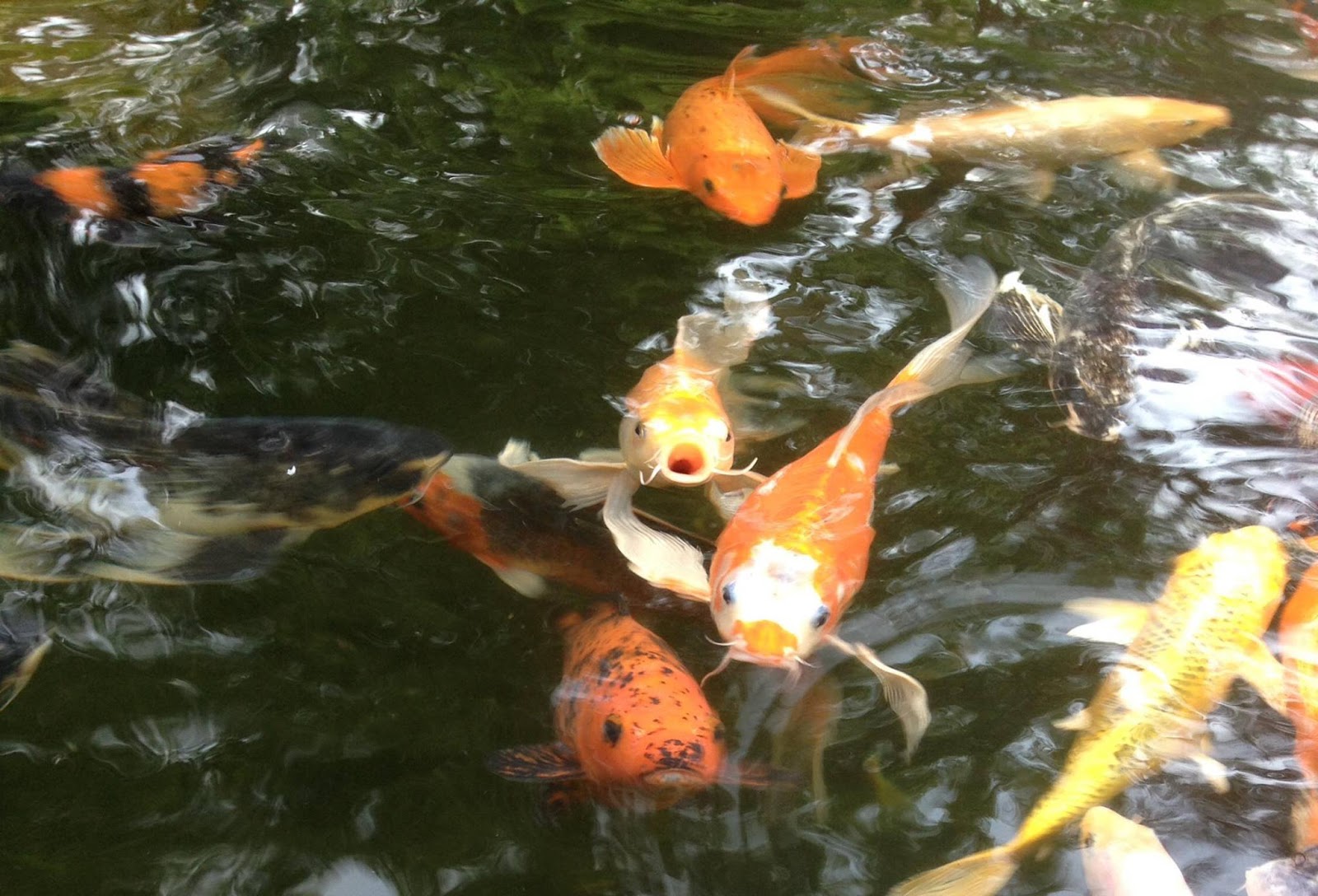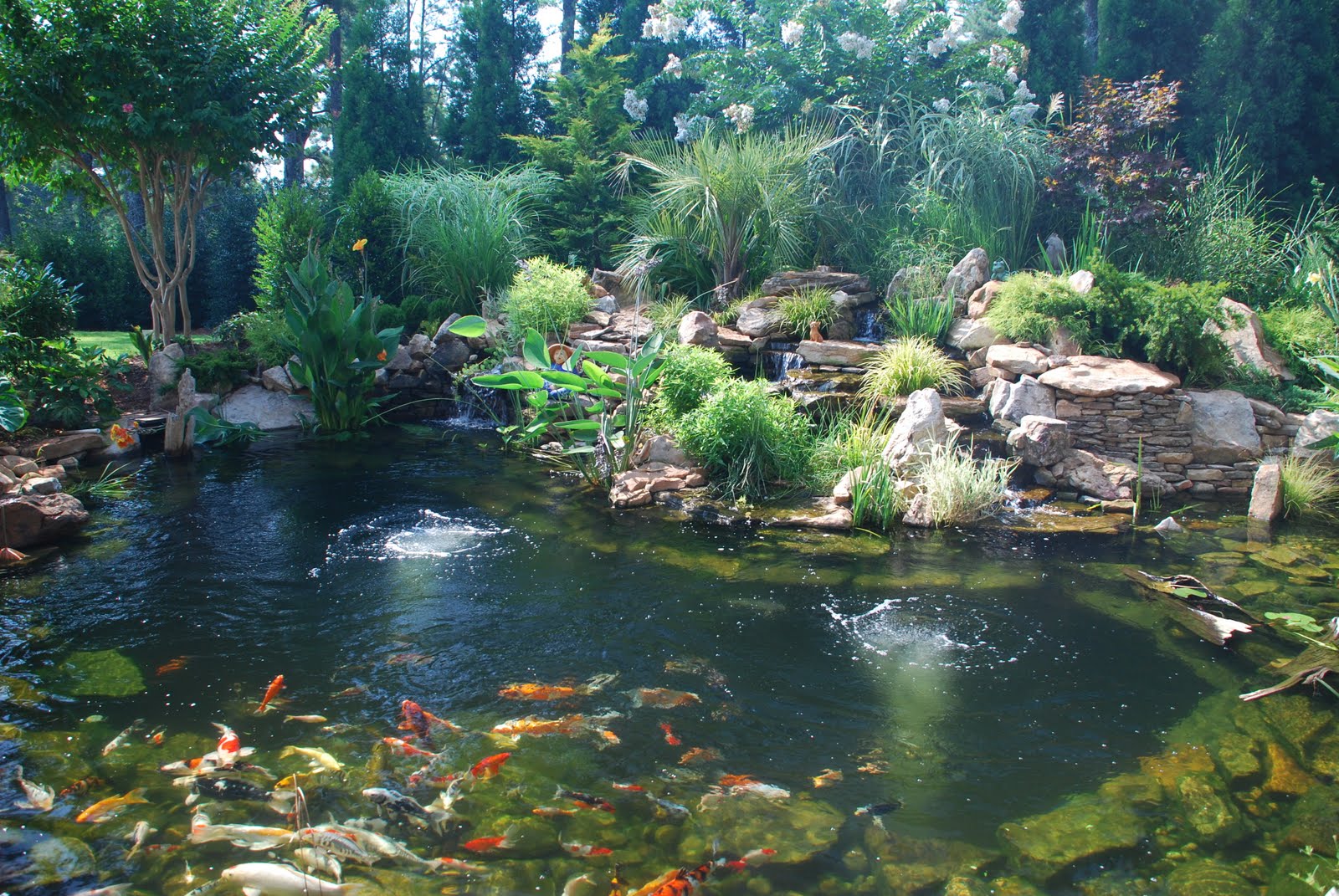
The Ultimate Guide to Choosing Plants for Your Koi Pond
Introduction
Koi ponds are a beautiful addition to any backyard, providing a peaceful and serene environment for your outdoor living space. One of the essential elements of a healthy and visually appealing koi pond is the inclusion of aquatic plants. Not only do plants add aesthetic value, but they also serve several crucial functions in maintaining water quality, providing shade and cover for fish and regulating temperature in the pond.
Choosing the right plants for your koi pond can be a tricky task, as there are so many options to choose from. In this article, we’ll dive into the different types of water plants available and their benefits to help you create a beautiful and healthy koi pond.
Types of Water Plants
Water plants can be divided into four primary categories: deepwater plants, marginal plants, floating plants, and oxygenating plants. Let’s take a closer look at each of these categories.
Deepwater Plants
Deepwater plants, also known as submerged plants, are rooted in the bottom of the pond, and their leaves float on the surface of the water. These plants are excellent options for koi ponds as they help regulate water temperature, improve water quality by absorbing excess nutrients, and provide a habitat for beneficial bacteria.
- Anacharis (Egeria densa) – a versatile and easy-to-grow plant that can be left floating or planted in a pot at the bottom of the pond.
- Hornwort (Ceratophyllum demersum) – provides excellent hiding places for koi, while also oxygenating the water and providing shade.
- Vallisneria (Vallisneria spp) – a popular deepwater plant with durable leaves that can get up to 36" long.
Marginal Plants
Marginal plants are those that grow in the shallow waters around the pond’s edges. These plants are perfect for adding a natural look to the pond’s perimeter, while also serving a crucial function of reducing nutrient runoff from surrounding areas.
- Cattails (Typha spp) – known for their tall reedy stems and fluffy seed pods, cattails are excellent options for adding vertical interest to your koi pond.
- Iris (Iris spp) – these plants produce beautiful flowers and come in a variety of colors, making them an excellent addition to any pond.
- Umbrella palm (Cyperus alternifolius) – a dramatic plant with tall stems that resemble a miniature umbrella. Provides shade and cover for fish.
Floating Plants
Floating plants, as the name suggests, float on the surface of the water, providing shade and cover for fish while also regulating temperature and improving water quality by absorbing excess nutrients.
- Water Hyacinth (Eichhornia crassipes) – a beautiful plant that produces gorgeous lavender flowers. Should be controlled in a koi pond to prevent overcrowding as they are fast-growing.
- Water Lettuce (Pistia stratiotes) – a floating plant that resembles a small lettuce. Provides excellent cover for fish and helps regulate water temperature
- Duckweed (Lemna spp) – a rapidly growing plant that provides shade and cover for fish, but should be monitored to prevent overcrowding.
Oxygenating Plants
Oxygenating plants, also known as oxygenators or submerged plants, are bonsai-shaped and live entirely underwater. They are an essential component for maintaining water clarity and circulation, as they absorb excess nutrients and create oxygen through photosynthesis.
- Fanwort (Cabomba caroliniana) – easy to care for and produces attractive fern-like leaves that are a good hiding place for koi.
- Watershield (Brasenia schreberi) – has beautiful purple to pink flowers and is perfect for softening the edges of your koi pond.
- Waterthyme (Hydrilla verticillata) – a popular option that is easy to care for and can grow quickly, providing excellent cover and oxygenation of the water.
Choosing Plants for Your Koi Pond
When choosing plants for your koi pond, there are several factors you need to consider to ensure they thrive and benefit your pond’s ecosystem. Some of these factors include:
- Sun Exposure – consider the amount of sun your pond receives throughout the day, and choose plants based on their sun requirements.
- Size of Your Pond – consider the size of your pond and choose plants that will fit and thrive in the space.
- Growth Rate – some plants grow very fast and can quickly take over the pond, so it is essential to choose plants that won’t outgrow their space.
- Winter Hardiness – check if the plant can survive in your region’s winter temperatures.
- Koi Compatibility – ensure that the plants you choose are not hazardous to your koi or their environment.
Conclusion
Adding plants to your koi pond can significantly enhance its aesthetic value, while also serving several functions in maintaining water quality and providing a healthy habitat for your koi. With the different plant options available, it can be overwhelming to choose the right one for your pond. However, by referring to this guide and considering the different factors outlined, you can create the perfect balance of plants that will benefit your koi pond’s ecosystem in the long run.




